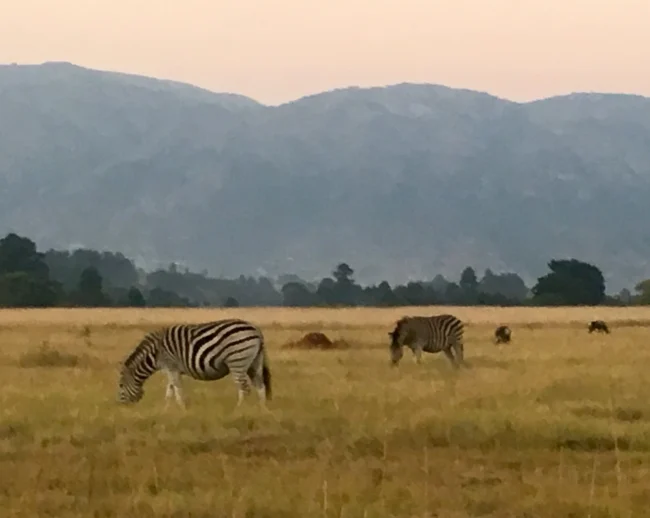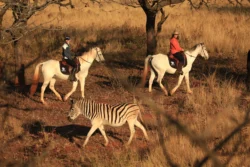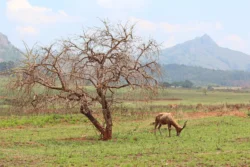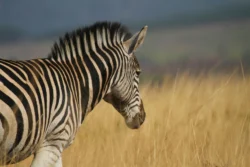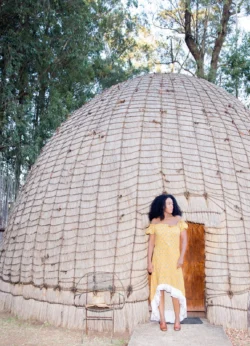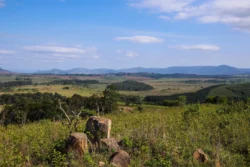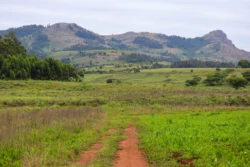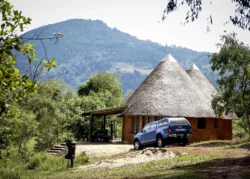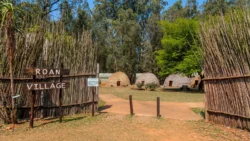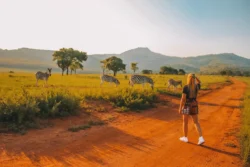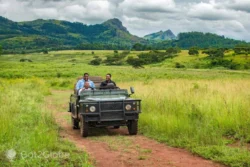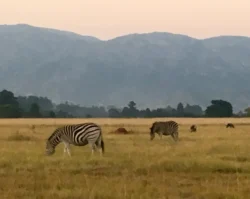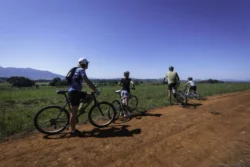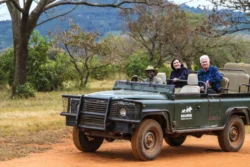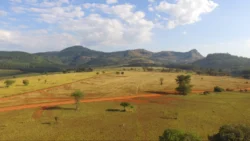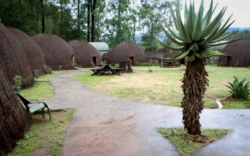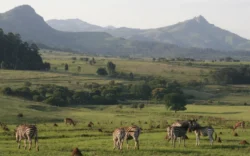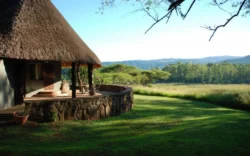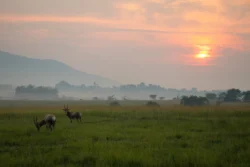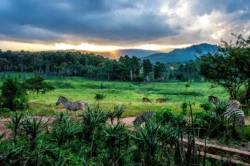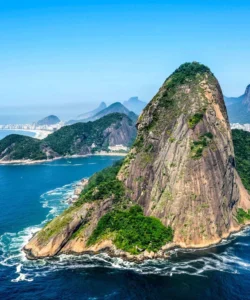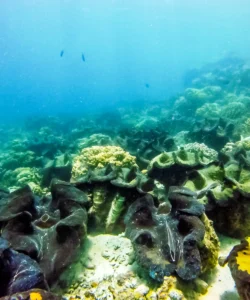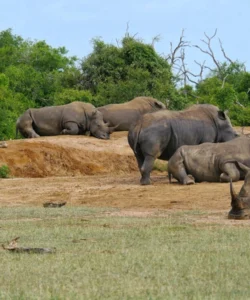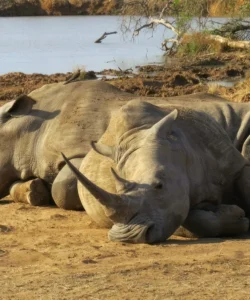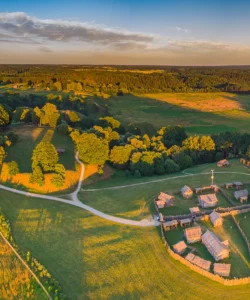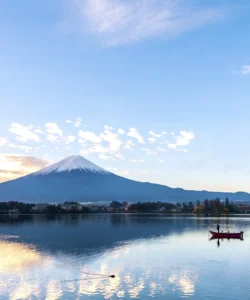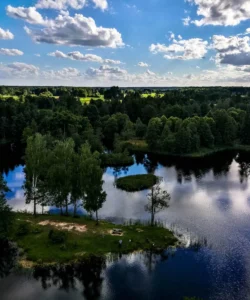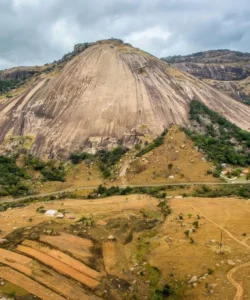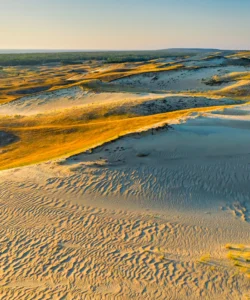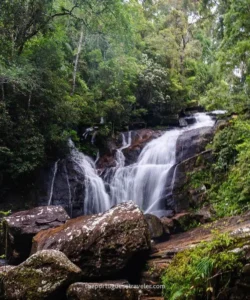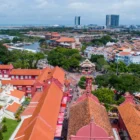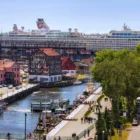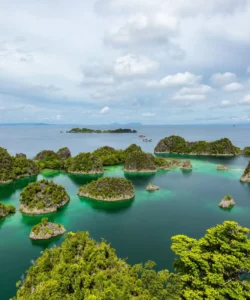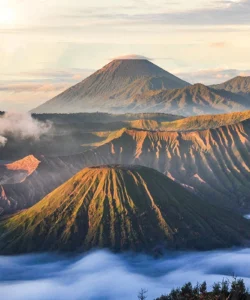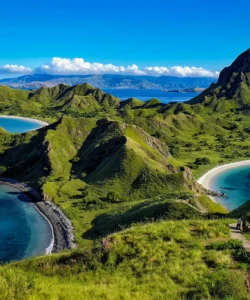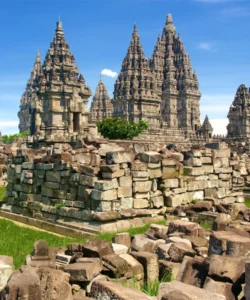Mlilwane Wildlife Sanctuary, meaning “little fire” in siSwati, is a testament to the power of conservation and a true gem in the heart of Eswatini (formerly Swaziland). It was the country’s first protected area, established by the visionary Ted Reilly, and has since become a beloved destination for both locals and international visitors.
Name: Mlilwane Wildlife Sanctuary
Address: Mlilwane Wildlife Sanctuary is located in the beautiful Ezulwini Valley, often called the “Valley of Heaven,” in central Eswatini. It lies between the capital city of Mbabane and the city of Manzini. The main camp is accessible via a well-maintained dirt road.
How to Get There:
- By Air: The closest international airport is King Mswati III International Airport (SHO) near Manzini. From there, you can hire a car or arrange a transfer to Mlilwane (about a 1-hour drive). Many international visitors fly into O.R. Tambo International Airport (JNB) in Johannesburg, South Africa, and then either rent a car for the approximately 4-hour drive to Mlilwane or arrange a shuttle/tour package.
- By Car: Mlilwane is easily accessible by car from major towns in Eswatini. Clear signage directs visitors to the sanctuary.
- Within the Sanctuary: Mlilwane offers a unique level of freedom for exploration. Due to the absence of dangerous large predators, visitors can enjoy self-drive game drives, go hiking, mountain biking, or even horseback riding within designated areas.
Landscape and Architecture:
Mlilwane’s landscape is diverse and captivating, stretching from the country’s middleveld to the rugged Highveld.
- Southern Section: This area, where most tourist facilities are located, features open grassland plains that stretch towards the striking Nyonyane Mountain, with its exposed granite peak known as “Execution Rock.” This mountain holds significant historical and cultural importance as a traditional execution site for dissenters. The scenery here is often described as spectacular.
- Northern Section: This part is wilder, with rolling grasslands, ravine forests, and rocky outcrops, reaching higher altitudes.
- Wetlands and Dams: The sanctuary includes southern wetland systems with large dams, which are ideal for spotting hippos and crocodiles. The main camp overlooks an artificially created wetland, providing close-up views of various water birds.
- Traditional Swazi Architecture: Mlilwane is notable for its accommodation options that incorporate traditional Swazi building styles. The “Beehive Villages” consist of grass dome-shaped huts, reminiscent of traditional Swazi homesteads, providing a unique cultural immersion for guests. The main Rest Camp also features rustic wooden and thatch huts.
- Reilly’s Rock Hilltop Lodge: This historic lodge, built of stacked stone, offers a colonial atmosphere and is nestled on a hill overlooking the Mlilwane estate. It’s surrounded by beautiful gardens, including a Royal Botanic Garden.
What Makes It Famous:
- Pioneer of Conservation: Mlilwane is Eswatini’s oldest protected area, established in 1961 by Ted Reilly. It’s celebrated as the “little fire” that ignited the country’s broader conservation movement, saving numerous species from extinction.
- “Walk with Wildlife” Experience: A key differentiator is the absence of dangerous large predators (like lions, leopards, rhinos, or elephants) in the main tourist areas. This allows visitors an unparalleled freedom to explore on foot, by bicycle, or on horseback, offering an intimate connection with the environment and its non-dangerous wildlife.
- Accessibility and Affordability: Mlilwane is known for being accessible and affordable for a wide range of visitors, including local families, making it a popular eco-tourism destination.
- Diverse Activities: Beyond traditional game drives, Mlilwane offers a wide array of activities, including hiking trails (ranging from easy strolls to challenging climbs up Nyonyane Mountain), mountain biking, and horseback safaris suitable for all skill levels.
- Hippo Haunt Restaurant: Overlooking a dam, this restaurant provides a unique dining experience where guests can enjoy meals while watching hippos, crocodiles, and various bird species in close proximity.
- Cultural Immersion: The traditional beehive huts and the overall embrace of Swazi heritage within the sanctuary’s accommodation and atmosphere provide a rich cultural experience.
Differences from Some Other Wonders:
- Absence of Big Five: Unlike many famous African wildlife reserves (e.g., Kruger National Park in South Africa or Serengeti National Park in Tanzania) that are renowned for the “Big Five” (lion, leopard, elephant, rhino, buffalo), Mlilwane deliberately excludes these dangerous predators from its main tourist areas. This is its core defining feature, allowing for activities like walking and cycling among the animals.
- Active Participation vs. Passive Viewing: Many larger game reserves primarily offer guided vehicle safaris for wildlife viewing. Mlilwane, by contrast, actively encourages visitors to engage with the environment through a variety of self-guided and active pursuits.
- Rehabilitated Farmland Origin: Mlilwane was established on land previously used for farming and tin mining, which has been successfully rehabilitated into a thriving wildlife sanctuary. This contrasts with parks established in historically untouched wilderness areas.
- Focus on Smaller Game and Birds: While it hosts a good variety of antelope (zebra, blue wildebeest, kudu, nyala, impala, blesbok, reedbuck, warthog, duiker), hippos, and crocodiles, Mlilwane is not the place to go for large predator sightings. It’s particularly excellent for birdwatching, with over 500 bird species recorded in Eswatini.
- Cultural Integration: The sanctuary deeply integrates Swazi culture through its traditional architecture (beehive huts), historical sites like Execution Rock, and the overall atmosphere, offering more than just a wildlife experience.
